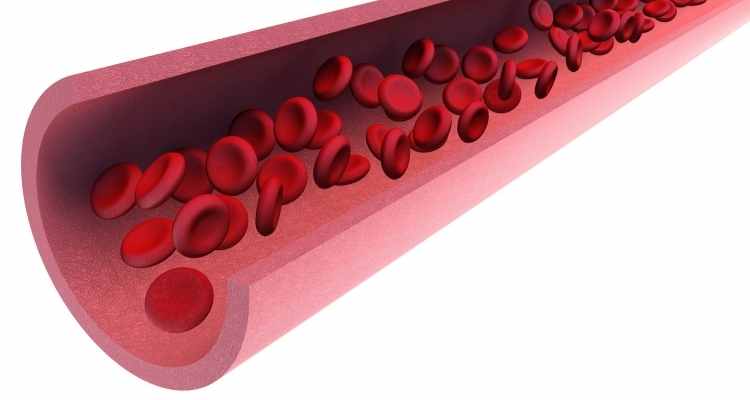The circulatory system of the human body consists of a massive network of blood vessels. These comprise the arteries, veins, and capillaries. Together, the blood vessels are long enough to stretch as much as 60,000 miles.
Arteries are one type of blood vessel in the body. Arteries supply blood from the heart to the rest of the body. The walls of the artery are thicker and more elastic compared to those of the veins. It is because the blood in the arteries comes directly from the heart and, therefore, has a higher pressure than the veins.
Arteries carry oxygen-rich blood from the heart to different parts of the body. Every artery is lined by a smooth tissue having three layers such as –
- The ‘Intima’ – is the inner layer lined by the endothelium.
- The ‘Media’ – is the muscular layer that supports the arteries’ high pressure from the heart.
- The ‘Adventitia’ – is the connective tissue that anchors the arteries to adjacent or nearby tissues.
How Does Blood Flow Through The Heart?
Blood flows continuously to the heart, lungs, and the body. The pattern described below works in repeated action, where both the right and left sides of the heart work side by side.
The Right Side of the Heart
- Here, at first, blood enters the heart through the inferior and superior vena cava. These veins empty deoxygenated blood from the body into the right atrium.
- As the atrium contracts, blood flows from the right atrium to the right ventricle. It passes through the tricuspid valve.
- As the ventricle becomes full, the tricuspid valves shut and prevent the deoxygenated blood from flowing backward.
- With the contraction of the ventricle, the deoxygenated blood leaves the heart through the pulmonic valve. It enters the pulmonary artery and lungs to get oxygenated. This oxygen-rich blood returns back to the heart via the pulmonary veins.
The Left Side of the Heart
- Here, the pulmonary veins empty oxygenated blood from the lungs to the left atrium.
- As the atrium contracts, blood flows from the left atrium to the left ventricle. It passes through the mitral valve.
- As the ventricle becomes full, the mitral valve shuts. Thus, it prevents the oxygen-rich blood from flowing backward.
- With the contraction of the ventricle, the oxygenated blood leaves the heart via the aortic valve. It passes into the aorta and, finally, to the rest of the body.
How to Deal with Arterial Disease?
To ensure that the arteries work well, it is essential to avoid arterial disease. One can keep their arteries safe by consuming a nutritious diet, avoiding smoking, and ensuring blood pressure and cholesterol levels stay normal. You should understand that anything that sustains damage to the arteries has a chance to lead to vascular diseases, including PAD.
If you require the best treatment for arterial or vascular health, connect with professional medical centers in the US. Their doctors diagnose PAD or other diseases via angiogram. Patients can opt for a personalized treatment option to recover soon.
Wrapping Up
Arteries supply blood that gets distributed to the rest of the body. The arteries get thinner from the heart to the different organs and tissues. A rupture or damage to the artery can make way for several complications. Medical clinics in the US can help you detect the issue and work on various treatments.

